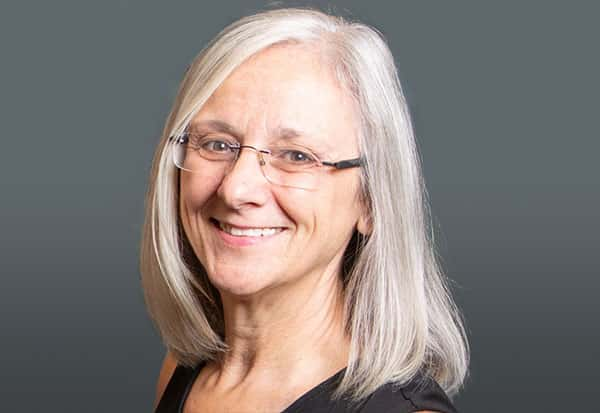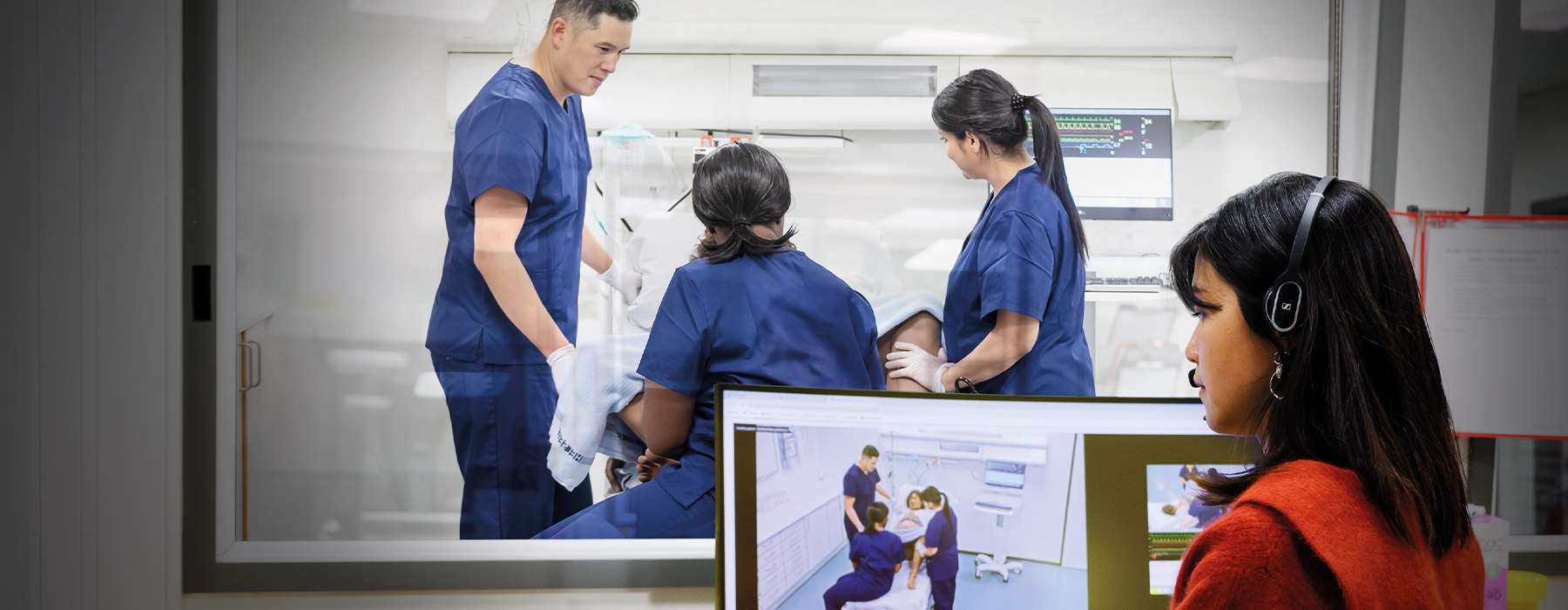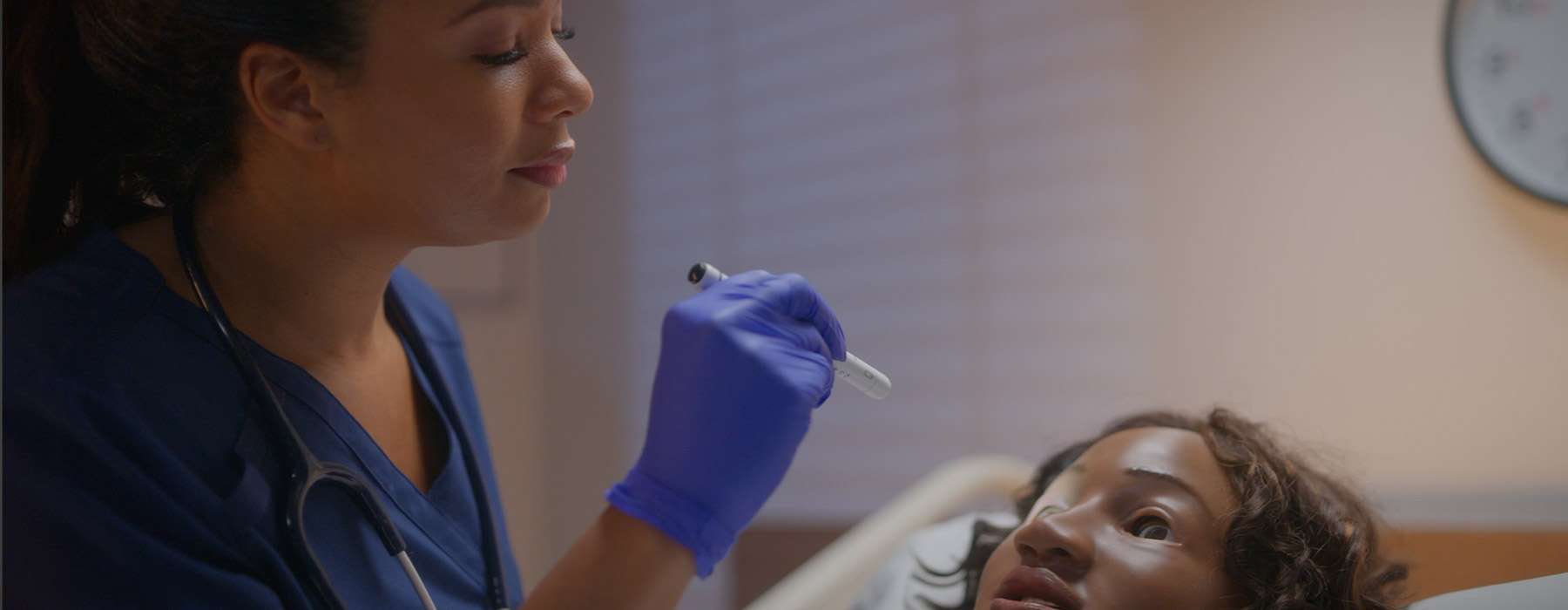The Shift to Competency-Based Education in Nursing
An Interview with Marie Gilbert, DNP, RN, CHSE-A
Director of Central California Center for Excellence in Nursing


Dr. Gilbert: My name is Marie Gilbert. I’m the Director at the Central California Center for Excellence in Nursing, which is out of California State University, Fresno, and a lifelong – it feels like 20 years – [career] in simulation.
Dr. Gilbert: I think the one thing we need to remember is the reason we’re doing it – and that’s to improve patient care, patient safety, and make sure that nursing graduates, when they go into clinical practice, are ready to practice. They feel confident. They’re competent to deliver care, and they remain in the profession.
Dr. Gilbert: Competency-based education and simulation-based education share a lot of similarities. [They’re both] learner-centered. We are adjusting what we do to meet the needs of the learner so that they grow and develop competency.
We’re assessing them for progress, for learning, and then we’re also assessing to see whether they’ve developed those competencies.

Dr. Gilbert: With simulation, as we know, it’s in a realistic environment. We are assessing our learners in a situation that they will be practicing in. We can simulate that. We can simulate simplicity so that the learner, the new student, can start to learn in the tasks. And then we can add complexity to that scenario so that once they’ve mastered the knowledge and the “know how,” they can then start to “show.” And we can increase the complexity so that when they get to the time that they qualify and they’re in a situation, hopefully they have experienced something very similar before in simulation.

Dr. Gilbert: Competency-based education is a multimodal form of assessment. When we’re looking at a student, a learner’s progression, we first need to know whether they know what they’re doing or if they know the information. And you can assess that very simply with traditional multiple choice- type questions. Or if you’re going to use simulation, maybe computer-based scenarios where there are very simple algorithms that they follow.
Once you feel that the student has a good knowledge base, then you’re making sure that they know “how.” In simulation, we don’t want to just throw them in and see if they sink or swim. That makes simulation a very scary place, and we don’t want to do that.
Competency-based education, as I say, we need to make sure that they “know,” they “know how,” they can “show.” And that’s where simulation is really good. And then they can “do,” which is what they would do in the clinical practice.

Dr. Gilbert: For many simulationists, simulation educators, [in] the shift to competency-based education, we’re definitely feeling an uptick in the demand for the amount of simulation we do. And as simulationists, simulation educators, we really need to embrace that.
Because competency-based education shares so much with simulation-based education, that is actually allowing us to do what we’ve always wanted to do – which is support learner-centered education, support ongoing development and coaching, and follow best practices.
Marie Gilbert, DNP, RN, CHSE-A
Director Central California Center for Excellence in Nursing
California State University, Fresno
